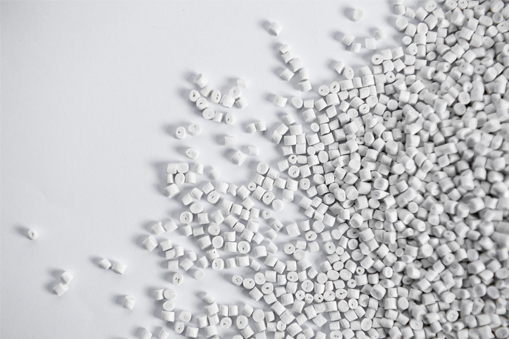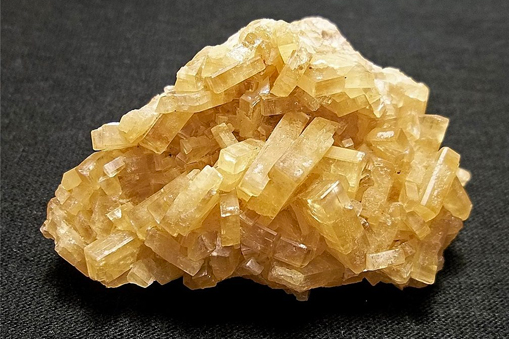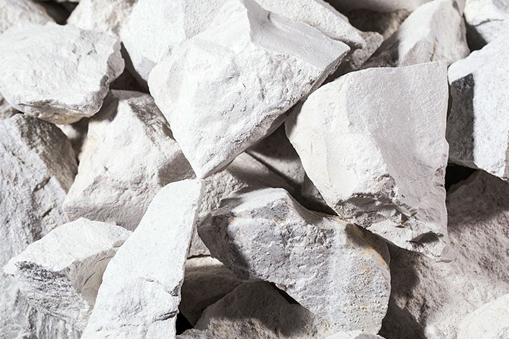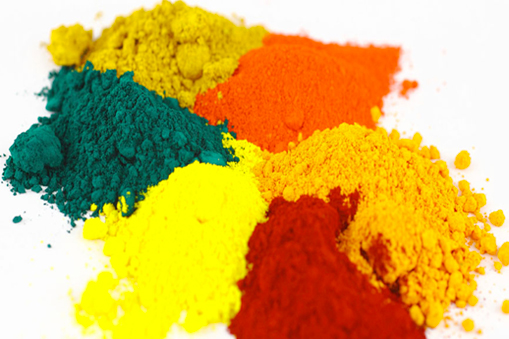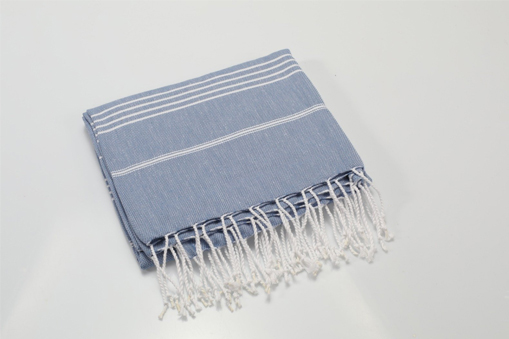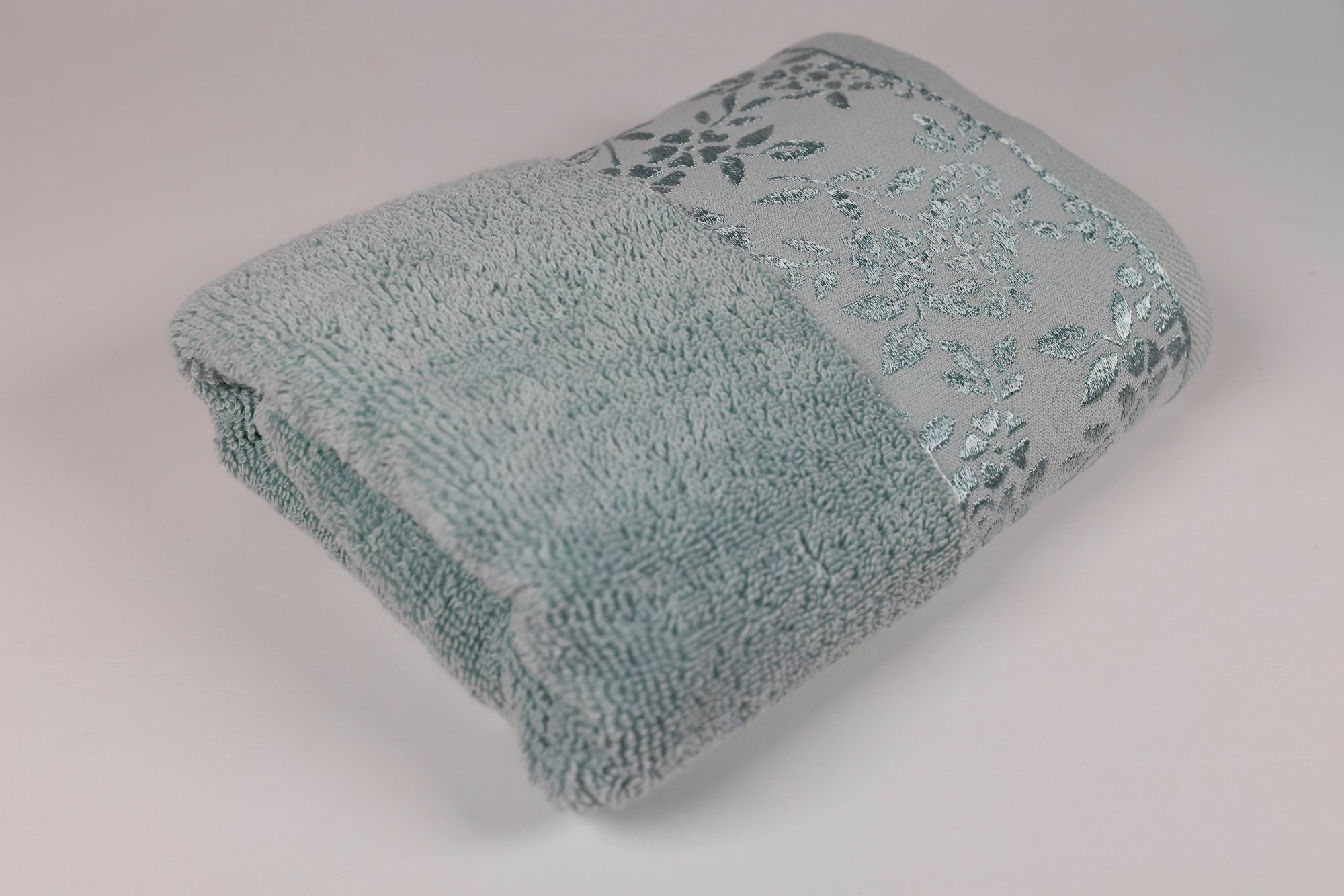Calcium Carbonate
Ultra-fine Calcium Carbonate – Multi-functional Filler
Micronized Calcium Carbonate – Coated and Uncoated
Granulated Calcium Carbonate
Calcium carbonates are one of the most abundant minerals in the Earth’s crust, and they are found in the form of marble, which is formed by the metamorphosis of sedimentary rocks made up of limestone and chalk composed of fossils. Turkey is the homeland of pure and white Calcite mines.
Calcium carbonate or CaCO3 makes up more than 4% of the Earth’s crust and is found all over the world. The most common natural forms are chalk, limestone, and marble, which are produced by the accumulation of small fossilized snails, shellfish, and corals over millions of years. Although all three forms are chemically the same, they differ in many aspects such as purity, whiteness, thickness, and homogeneity. Calcium carbonate is one of the most useful and versatile materials known to mankind.
Most of us encounter calcium carbonate for the first time in school classrooms when we use chalk to write on blackboards. Chalk, which is a microcrystalline material, has been used as a writing tool for over 10,000 years. As limestone, calcium carbonate is a biogenic rock and is more compacted than chalk. As marble, calcium carbonate is a coarse crystalline, metamorphic rock that is formed by the re-crystallization of chalk or limestone under high temperature and pressure conditions. Large marble deposits are found in North America and Europe, such as Carrara in Italy, which is the home of pure white “statuario” that Michelangelo used for his sculptures.
Calcium carbonate is extracted by mining or quarrying for industrial purposes. Pure calcium carbonate can be produced from marble or prepared by passing carbon dioxide into a calcium hydroxide solution. In the latter case, calcium carbonate is derived from the mixture and forms a product grade called “precipitated calcium carbonate” or PCC. PCC has a very fine and controlled particle size of 2 microns, which is particularly useful in production. Another primary industrial product type is “ground calcium carbonate” or GCC. As the name suggests, GCC involves the crushing and processing of limestone to form a powdery form that is classified by size and other properties for many different industrial and pharmaceutical applications.
A study of calcium carbonate provides important lessons about the history of the world because it shows that the origins of chalk, limestone, and marble date back to shallow waters. Therefore, the observation that large amounts of chalk accumulations of the same age are found on many continents led to the discovery of a period when shallow waters were home to shellfish and other crustaceans worldwide. Some present this as evidence of the biblical flood. Calcium carbonate solutions obtained from current sediments provide the material that living organisms need to grow protective shells and skeletons, so nature rewards this goodwill. For example, eggshells, seashells, and snail shells are made of calcium carbonate.

